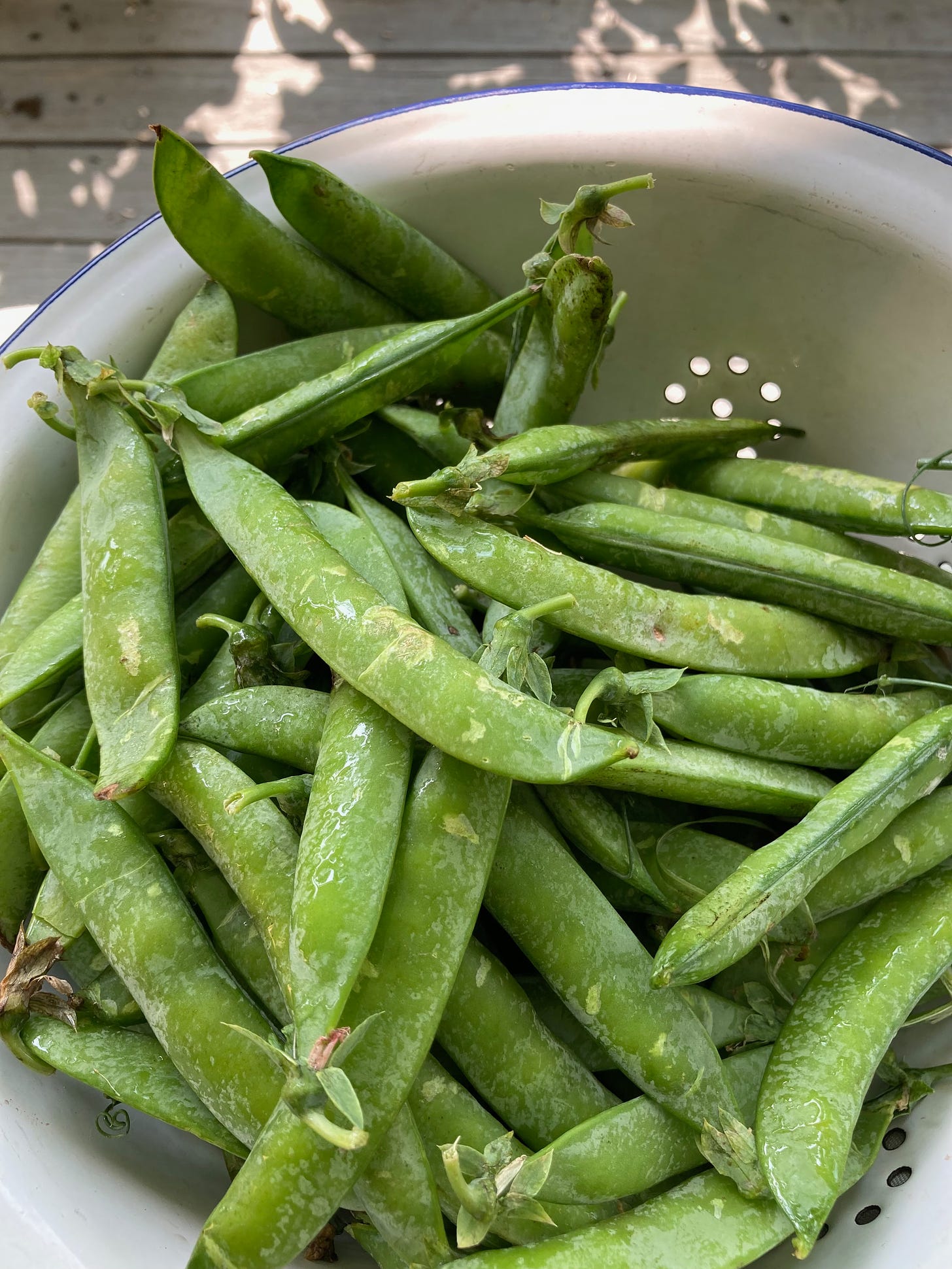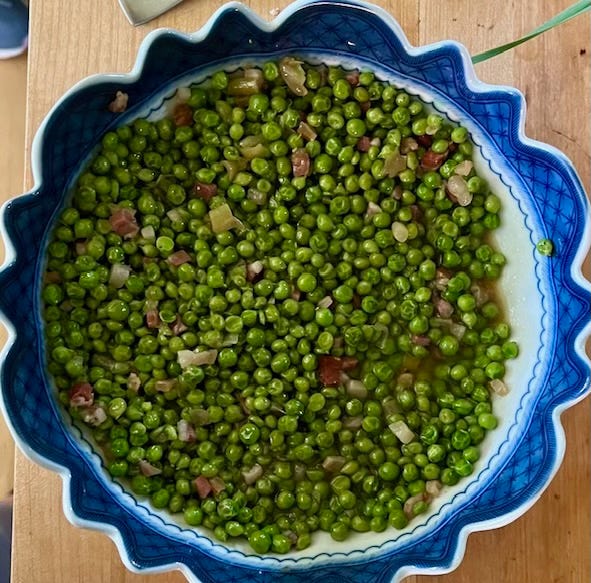Tap on that little heart in the upper left corner, won’t you, please? It helps confirm my credibility. And if you feel so moved, please join our conversation on the kitchen porch by subscribing, free or paid, all welcome.
Time flies, so they tell me, when you’re having fun. It flies at other times too, and more and more urgently the older one gets. Just the other day, my 17-year-old grandson observed this: “I feel, somehow, that things happen much more quickly now than they used to.” That’s what growing up is about, I told him.
Remember what it used to be like, drifting through June, school’s over, endless days of summer stretching before you, days of climbing rock ledges, hiking the mountain, biking up to the lake for a swim, to the beach for brisk waves and salty sand, sailing a little catboat around the harbor and sometimes capsizing. Or just lying in the tall grass, watching the clouds drift across the blue, taking a book to a high crotch in the apple tree, spending the afternoon in a secret world, far from your mother’s voice. Just doing nothing at all.
“Where did you go?” “Out.” “What did you do?” “Nothing.” “I thought I asked you to mow the lawn.” “Sorry.”
July then: Independence Day. This year it comes with great concern about the future of our republic, not to mention the future of our world. My friends at Apple Creek Farm in Bowdoinham suggest we rename the holiday “Interdependence Day,” recognizing how we are all dependent on each other, how the earth and all that dwells thereon is a great web of interdependencies. But can we remain independent or interdependent in a world that is broken? Can we repair it? Can we restore the networks, the webs, or must we suffer the distress that looms over the future? I’m increasingly unhappy about what I’m leaving for those lovely grandchildren. They don’t deserve this.
Here in Maine we used to celebrate the Fourth with salmon and peas, appropriate because peas were fully ripe in local gardens and fat Atlantic salmon were surging up our rivers. The salmon are no more, alas, victims of over fishing, polluted streams, and dams that block access to the salmon’s breeding grounds. We depend now on fish that have been raised on farms, seeking out those that practice good salmon husbandry. But where have the wild salmon gone?
And where have all the peas gone?
And the peas? Where have all the peas gone? All I can find in the farmers’ market are sugar snaps which are, to old-fashioned garden peas, what super-sweet corn is to old-fashioned Bantam, i.e., sweet enough to make your teeth ache and without much character besides. How come? I ask my farmers: Where have all the peas gone? The answer? English peas (a new name, to me)—they’re too hard to harvest. Oh, come on! Harder than sugar snaps? Hmm, well, maybe not.
I think the real reason is this: They’re too hard for lazy cooks to shuck. Have we all become lazy cooks? I think so. Although we think nothing of shucking fava beans and then peeling off the outer skin of each little individual bean—a useless exercise in my estimation that only succeeds in removing the flavor from those delightful legumes. But if we’re willing to do peel individual fava beans, why on earth do we find shucking those delicious “English” peas so difficult?
Each year in early summer I welcome pea season and each year I scratch the ground trying to find them. My solution? Beth’s, a great farmstand at White Oak Corner in Warren, Maine, where traditional peas are still produced in faithful abundance and right in time for the Fourth of July, cooked the way I learned to do them many years ago in Italy, where early peas are as welcome as they are in Maine. It’s the simplest of all techniques: Chop an onion (or a shallot, or a brace of scallions) and melt it very gently in a combination of olive oil and butter, adding, if you wish, some chopped pancetta or bacon—the latter if you like the slight smokiness bacon will give the dish. Then turn the shucked peas into the pan, add a pinch of salt, a pinch of sugar, and boiling water just to cover. Let cook until done, keeping an eye on the liquid—they should not dry out but if you add water (or a light chicken stock, if you want) it must be boiling. When the peas are tender the liquid in the pan should be reduced to a syrupy sauce. Turn into a bowl and send directly to the table. But make sure you have a lot because they will be consumed eagerly and avidly until there’s but one pea left in the bottom of the bowl. If that.
By the way, peas make a delicious supper, all on their own, with good bread and butter, maybe a piece of cheese, and a few sliced tomatoes to follow. Simple and good. Good for you too: Peas are legumes, after all, with 8 grams of protein in every cup, so if you’re eating less meat (who isn’t, these days?), take advantage of peas as a replacement source of protein.
Sorry! From here on, it’s paid subscribers only. You too can become one by clicking here:
Keep reading with a 7-day free trial
Subscribe to On the Kitchen Porch to keep reading this post and get 7 days of free access to the full post archives.






